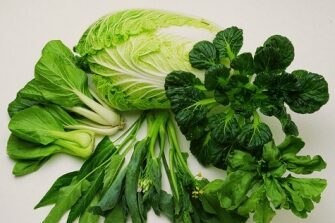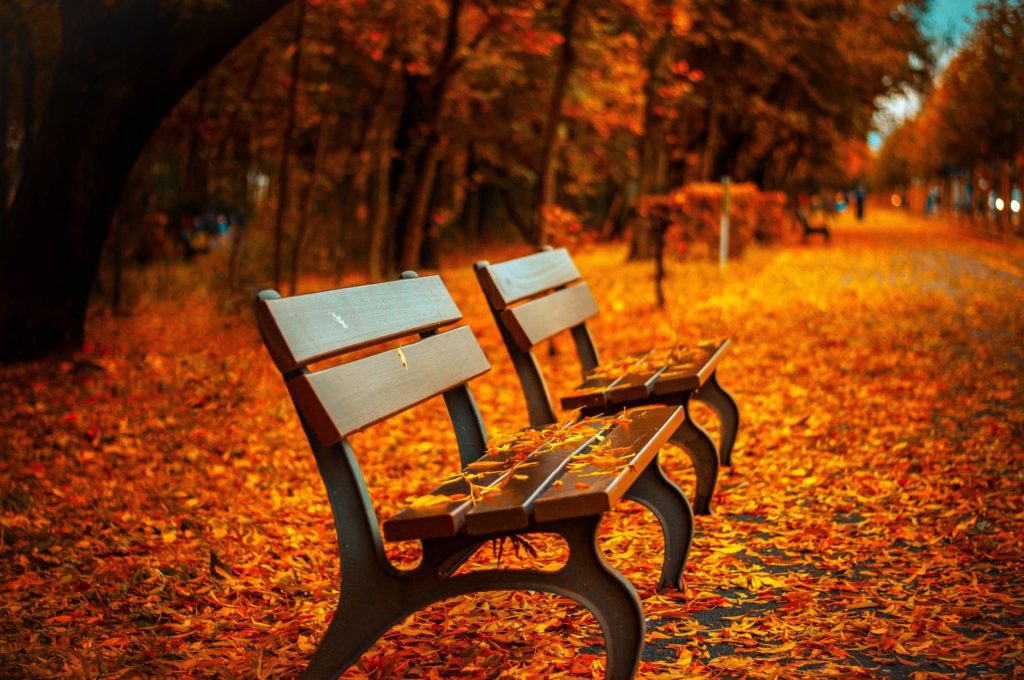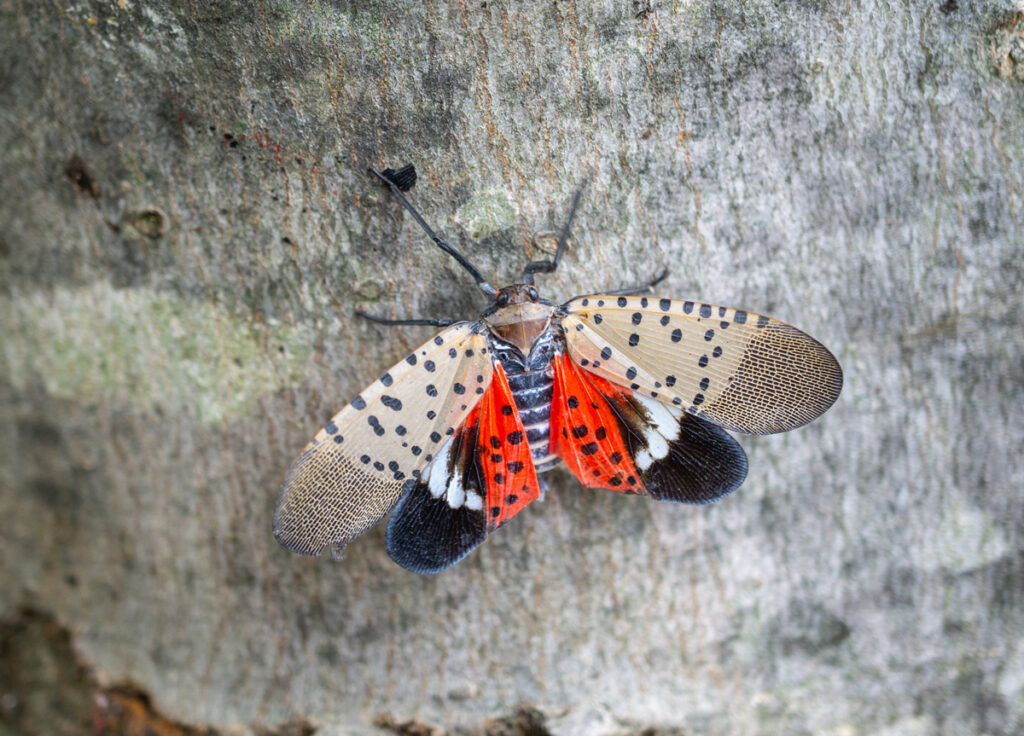
Asian Greens
A shrinking globe brought Asian vegetables to prominence in North America with visitors returning from Asia demanding new food combinations. Tourists, in addition to soldiers returning from the Korean and Viet Nam wars, and the influx of refugees helped introduce North America to new food tastes. The resulting popularity of Asian vegetables in the last twenty-five years in North America has been a significant change.
Asian greens, best described as vegetables and herbs grown for edible leaves and stems, have been cultivated for over three thousand years.
We now know that these garden vegetables and herbs easily adapt to most North American climatic regions. One favourite characteristic for me is also their ability to produce multiple crops each season.
Easy to grow, healthy to eat and multiple crops per season – Let’s get growing!
How to Grow
Asian Green cultivation is very similar to that of North American lettuce. Most plants like to be cultivated in cool weather and do not suffer lettuce bolting problems. This permits the gardener to plant two crops in the garden, with seed or seedlings planted in the Spring, and seedlings in the late summer to early fall. Gardeners can also maintain a summer crop in a medium shade garden where plants are not subjected to direct sunlight.
Beds should be airy and contain much rich vegetative matter like compost or rotted manure. A top-dressing of a balanced or nitrogen leaning fertilizer encourages good leaf development.
The site should never be parched and receive one to two inches of water each week. Morning watering permits the leaves to air-dry and discourages mildew.
Pests and disease
Asian Greens differ from their North American cousins as their leaves are thinner and more prone to damage from pests and diseases.
Their main pests are; flea beetles, aphids, cabbage worms, rabbits, and Harlequin bugs.
Most insect and bunny problems can be prevented by placing a floating row cover over the bed which can remain until the plants have stopped producing.

Varieties
Some popular varieties include;
Bok Choi
translated from Chinese means ‘white vegetable, ’ and one of most the most popular Asian greens. This cabbage-like vegetable reaches two-foot heights and thought to have been introduced into North America by eastern missionaries in the 19th Century. It likes cool weather, fertile well-drained moist soil, and is high in Vitamins A and C. Bok Choi, is a member of the cruciferous family and contains sulforaphane, which helps stimulate enzymes that protect against cancer.
Mizuna
is a mild mustard green, Chinese in origin, but considered a Japanese vegetable. It features serrated leaves and, if clipped properly, can produce continuous harvests. I find the flavour mild and somewhat peppery.

Mustard Greens
- prefer moderate growing conditions with fertile soil, full sun- early and late season- and shade in the summer. Their shallow roots make them more prone to drought. They need to have at least one inch of water each week. Asian mustard greens are not as strong-tasting as Western and include Pak Choi as one of the favoured varieties.
Malabar Spinach
- tastes remarkably like spinach but is very heat tolerant. It’s also quite rich in vitamin C.
- This plant, named after a region of India where it originated, is grown as a vine reaching upwards of 12 feet in Northern climates and as high as 30 feet in the tropics. Other names for the plant include; Ceylon Spinach and Indian Spinach.
- Malabar should be started indoors and transplanted when temperatures at night are generally above 50 degrees. Plants do not bolt in hot weather, are virtually insect-free, and have only minor problems with leaf spot. Soil should be well-drained and moisture retentive.
Tatsoi
- is a compact sweet-tasting vegetable, approximately a foot high, with small perfectly round leaves. It is often part of mesclun lettuce mixes and also known as flat cabbage. This is a good choice if you’re trying Asian greens for the first time.

Lemon Grass
- is a tall grass with long sharp blades and native to India, Thailand, and other parts of Asia. The plant, not a ‘green’ in the strictest sense, is considered a green herb and contains citral, a lemon-peel-like ingredient, that gives it a lemony scent.
- I like this herb in Thai dishes, especially soups.
Vietnamese Coriander
- also known as Vietnamese Cilantro, is a hot weather perennial that dies on freezing. The plant grows rapidly and sometimes needs transplanting twice during the season. It grows best in semi-shade or filtered shade and needs regular watering. It is a sensitive perennial that can be cultivated indoors if brought in before frost.
Most nurseries and seed companies have responded to the demand for Asian Greens with seedlings and seed readily available. Find a little patch in your garden for these unusual adopted vegetables. Your taste buds will be eternally grateful.
More about growing greens
Other tips about growing trees, plants and vegetables – How to Grow
http://8ff.ad6.myftpupload.com/grow-carrots-for-health-and-taste/




About The Author: Ron Rossini
Ron's been a gardening resource in the London area for years; writing for local publications, doing radio segments, giving talks and advice for more than 15 years as an active master gardener and growing as many as 80 varieties of tomatoes.
More posts by Ron Rossini